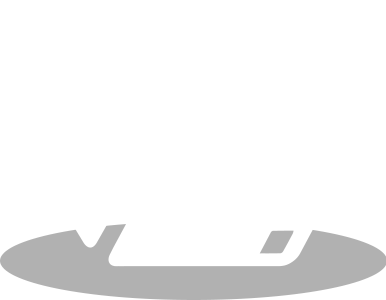Glossary

Bank Routing Number
Bank routing numbers date back more than a century. They were originally created in 1910 by the American Bankers Association to allow banks to more easily identify and process checks and other documents, and to facilitate wire transfers. In effect, a routing number “routes” the transaction back to the originating bank, which solves the logistical problems caused by having more than one bank with the same or a similar name.
Accuity, an official registrar engaged by the ABA, manages the system and is responsible for assigning the numbers to individual banks and bank branches. Every six months, Accuity brings out a “Key to Routing Numbers,” a reference publication that lists all routing numbers currently assigned, as well as a key to how the numbers are created. As of mid-2015, approximately 27,000 routing numbers were in use; they are used on checks associated with personal and merchant accounts with no difference in format.
Regulations on routing numbers allows each bank to use up to five, although the number assigned to a single financial institution will increase if it merges or buys out another bank. These codes are currently used only in the United States and can be associated not only with paper checks and wire transfers, but also ACH transactions, which electronically transfer funds–typically for credit card processing, merchant accounts, payroll or monthly billing–into or out of bank accounts.
A routing number is composed of nine digits; the first four digits comprise the Federal Reserve routing symbol, corresponding to the geographic location of the bank and the check processing number through which the check will pass. The second four digits carry the code identifying the institution, according to the ABA registry. The final digit is a check digit. The number always appears on the bottom of a check, next to the individual account number on which the check may be drawn. These numbers are printed in the machine-readable magnetic ink character recognition format. In addition, the routing number appears at the top of the check in smaller characters. This “fraction form” version of the number is used in case the MICR number at the bottom of the check is, for some reason, unreadable.
Although physical checks are gradually losing their place to credit card processing and ACH transfers, the ACH routing number remains a vital identification and processing tool for the US banking system.
Back to list